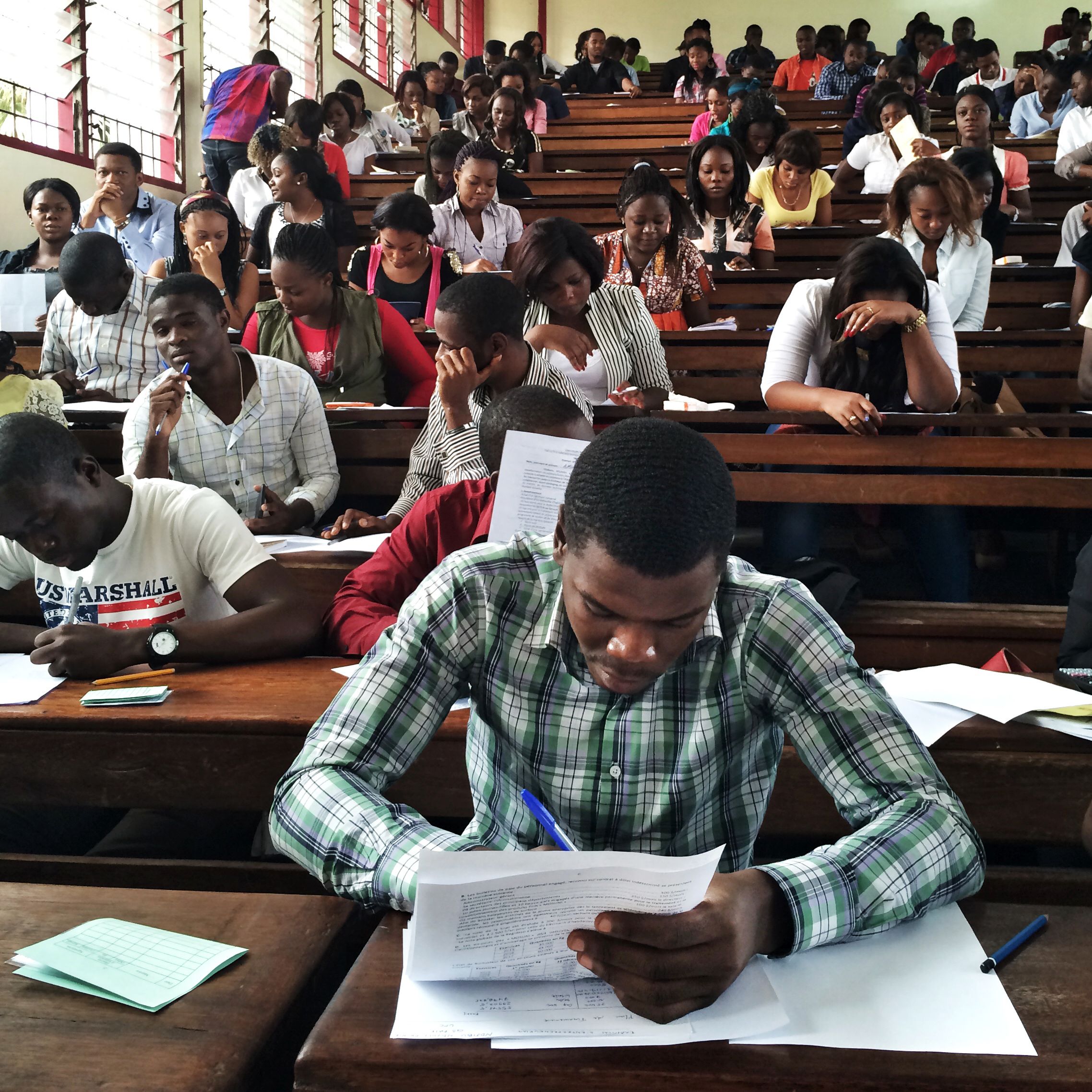Citizenship in Your Neighborhood Through Photography:
1. Research your neighborhood using an Internet search engine. What images and stories do you find? Create a table to illustrate your findings. Are they mostly positive or mostly negative? If you were an outsider researching your neighborhood, what conclusions would you make based on the Internet search? Considering what you know about your neighborhood, what images and stories are missing from the Internet search? Record your findings in your binder.
2. Take a walk in your neighborhood with a friend or parent. Use a smartphone or camera to take photos.
3. Use the photos to help you tell a complex story of what is working in your neighborhood and what needs improvement in your neighborhood. For example, if there is graffiti on a wall and trash on the side of a street, photograph it. If there is a park that is enjoyed by many, photograph that as well.
4. Next, write a professional letter to your alderman communicating your findings. Make sure you include the specific locations of the areas that need improvement so that hopefully you help facilitate change. The typed draft of your letter is due on Friday, September 25.
5. Create a visual (poster, diorama, etc.) that illustrates the nuances of your neighborhood and be prepared to show it in class. Also bring a copy of the finished letter to class.
Miscellaneous notes
- If you do not have access to a camera, make arrangements with your teacher to borrow one.
- If you don’t know who your alderman is, use the City of Chicago’s website to find this information.

A high school civics lesson that uses photography as a tool for neighborhood improvement.
This lesson plan was written for use in schools in the city of Chicago. Students in other areas can write to their local representatives.





